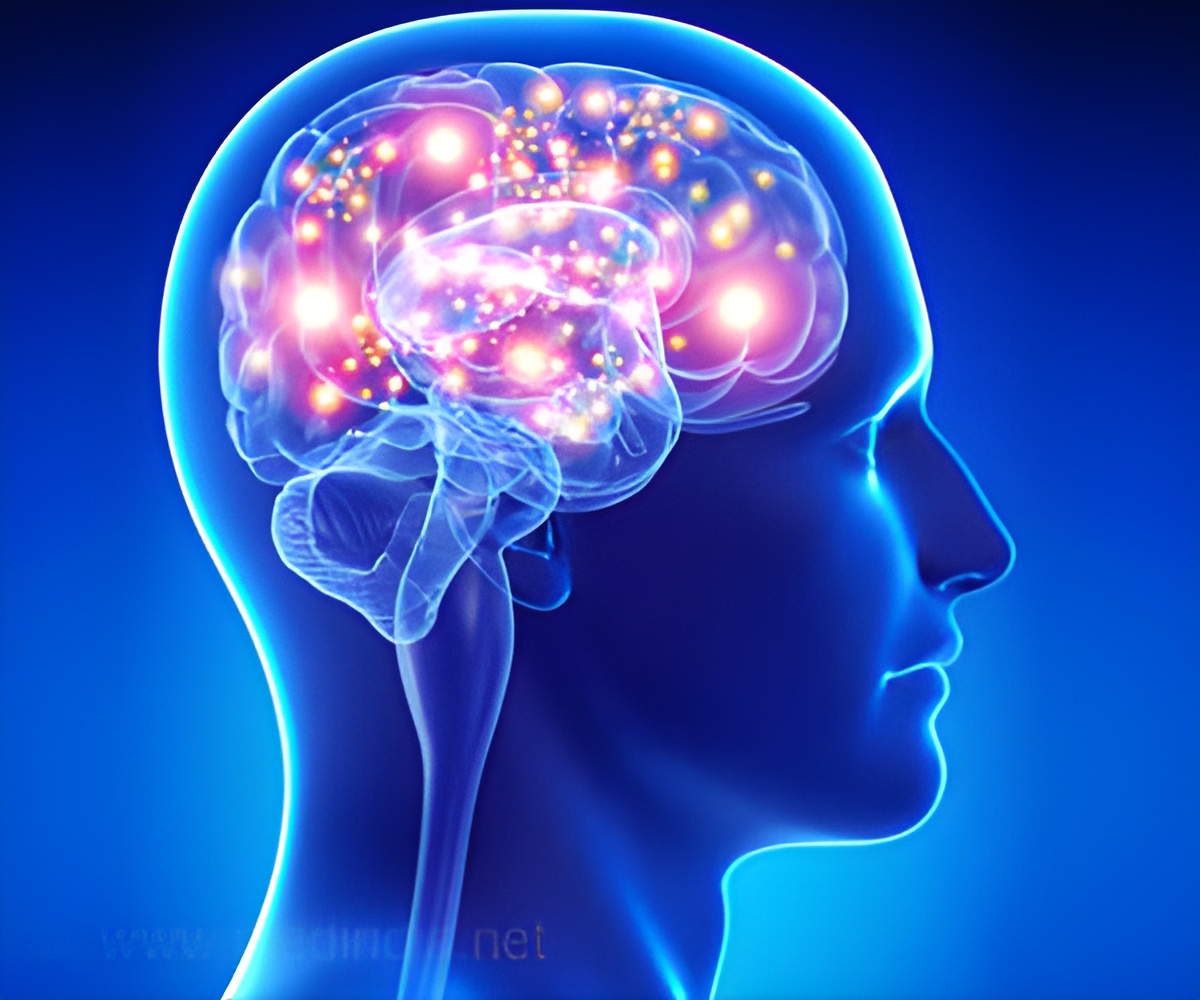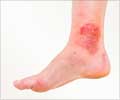
‘Pain neurons may function primarily in suppressing fungal inflammation, rather than bacterial inflammation.’
Tweet it Now
"We generated the Nav1.8 ion channel expressing neuron null mice. After C. albicans or C. albicans derived β-glucan injection into the hind paw, these mice showed significantly increased footpad swelling and bone destruction" said Kenta Maruyama, M.D., Ph.D. (Assistant Professor, IFReC). Intriguingly, Nav1.8 ion channel positive neuron expresses Dectin-1, a β-glucan receptor, and Dectin-1 mediated inflammation is potently suppressed by pain neurons, rather than bacterial component-induced inflammation.
Detailed experiments of pain neurons revealed that Dectin-1-stumulated pain neuron produces robust amount of CGRP, a neuropeptide that inhibits osteoclast and cytokine production via TRPV1 and TPRA1 ion channel activation.
"To our surprise, TRPV1/TRPA1 double deficient mice exhibited exaggerated inflammation and bone destruction in response to β-glucan due to impaired CGRP production, and myeloid cell transcription factor Jdp2 is necessary for the immunosuppression triggered by this neuropeptide" said Kenta.
A significant discovery in this study is that transcription factor Jdp2 is induced by CGRP and directly inhibits β-glucan-indeuced NF-B activation in macrophages. Such findings are consistent with the results showing that Jdp2 deficiency hyper inflammatory phenotype induced by β-glucan was only observed in vivo.
Advertisement
"Previous reports suggested that pain neurons are deleterious for inflammation, but our findings suggest that pain neurons may function primarily in suppressing fungal inflammation, rather than bacterial inflammation" said Kenta.
Advertisement
Source-Eurekalert














